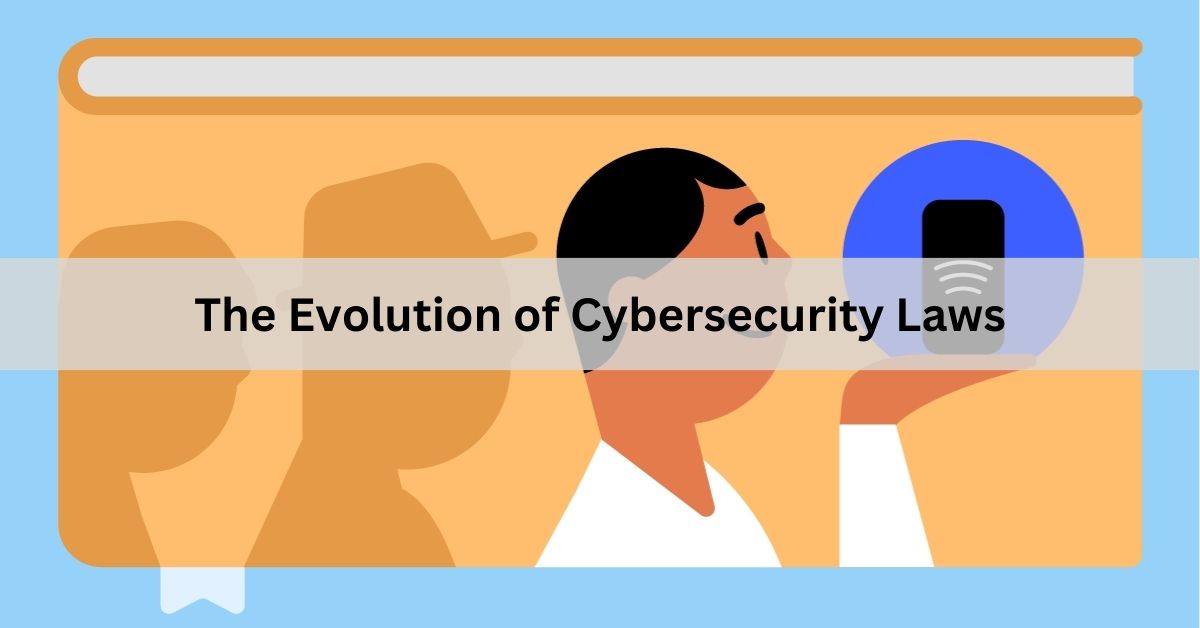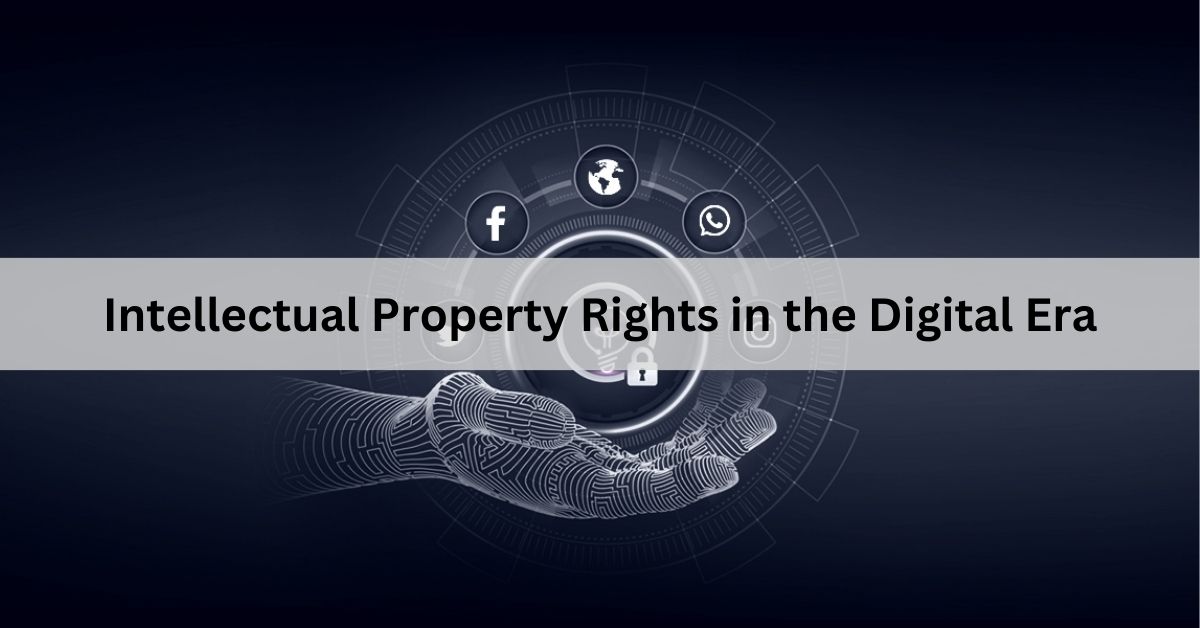In the digital age, cybersecurity laws have become increasingly important. These laws are designed to protect sensitive information, safeguard online transactions, and ensure privacy in an interconnected world. Over the years, as technology has evolved, so too have the regulations and measures aimed at combating cyber threats. This article explores the evolution of cybersecurity laws, highlighting key regulations, their impact on businesses, and the ongoing challenges in this dynamic field.
Contents
- 1 The Beginnings of Cybersecurity Legislation
- 2 The Rise of Data Protection Regulations
- 3 The Emergence of Comprehensive Cybersecurity Frameworks
- 4 The Impact of Major Cyber Incidents
- 5 The Role of International Cooperation
- 6 Regulatory Challenges and Compliance
- 7 The Future of Cybersecurity Laws
- 8 Conclusion
The Beginnings of Cybersecurity Legislation
The inception of cybersecurity laws can be traced back to the 1980s and 1990s when the internet was still in its nascent stages. Early regulations, such as the Computer Fraud and Abuse Act (CFAA) of 1986 in the United States, were primarily focused on criminalizing unauthorized access to computer systems. These initial laws laid the foundation for more comprehensive regulations as the internet expanded and cyber threats became more sophisticated.
The Rise of Data Protection Regulations
With the proliferation of digital data, the need for robust data protection laws became evident. In 1995, the European Union introduced the Data Protection Directive, which established key principles for the processing of personal data. This directive aimed to harmonize data protection laws across EU member states, ensuring that individuals’ privacy rights were safeguarded.
The Data Protection Directive was a precursor to the more stringent General Data Protection Regulation (GDPR), which came into effect in 2018. GDPR significantly enhanced data protection measures, introducing strict requirements for data handling, consent, and breach notifications. Its extraterritorial scope meant that any company processing the data of EU citizens had to comply, regardless of its location.
The Emergence of Comprehensive Cybersecurity Frameworks
As cyber threats grew in complexity, countries around the world began developing comprehensive cybersecurity frameworks. In the United States, the National Institute of Standards and Technology (NIST) released its Cybersecurity Framework in 2014. This framework provides organizations with guidelines to identify, protect, detect, respond to, and recover from cyber incidents. It has become a widely adopted standard, offering a flexible approach to cybersecurity risk management.
Similarly, the EU introduced the Network and Information Systems (NIS) Directive in 2016, which aimed to improve the overall level of cybersecurity across member states. The directive focused on enhancing the security of critical infrastructure and essential services, such as energy, transport, and healthcare.
The Impact of Major Cyber Incidents
Major cyber incidents have often served as catalysts for the development of new cybersecurity laws. High-profile breaches, such as the 2013 Target data breach and the 2017 Equifax breach, exposed vulnerabilities and underscored the need for stronger regulations. These incidents prompted lawmakers to take action, resulting in the introduction of stricter breach notification laws and increased penalties for non-compliance.
The WannaCry ransomware attack in 2017, which affected organizations worldwide, highlighted the importance of international cooperation in combating cyber threats. In response, countries have increasingly collaborated on cybersecurity initiatives, sharing information and best practices to enhance their collective defenses.
The Role of International Cooperation
Cyber threats do not respect national borders, making international cooperation essential in the fight against cybercrime. Organizations such as the International Telecommunication Union (ITU) and the European Union Agency for Cybersecurity (ENISA) play a crucial role in fostering collaboration and setting global standards.
International agreements, such as the Budapest Convention on Cybercrime, aim to harmonize laws and facilitate cooperation among countries. The convention, which entered into force in 2004, provides a framework for criminalizing cyber offenses, improving investigative techniques, and enhancing mutual legal assistance.
Regulatory Challenges and Compliance
Despite significant advancements in cybersecurity laws, regulatory challenges remain. The rapid pace of technological change often outstrips the ability of lawmakers to keep up, resulting in gaps and ambiguities in existing regulations. Additionally, the varying approaches to cybersecurity across different jurisdictions can create compliance complexities for multinational organizations.
Businesses must navigate a complex web of regulations, ensuring they meet the requirements of multiple frameworks. This necessitates a proactive approach to compliance, involving regular assessments, employee training, and the implementation of robust security measures.
The Future of Cybersecurity Laws
Looking ahead, the future of cybersecurity laws will likely be shaped by emerging technologies and evolving threats. The rise of artificial intelligence (AI), the Internet of Things (IoT), and quantum computing presents new challenges and opportunities for regulators.
AI has the potential to revolutionize cybersecurity by enhancing threat detection and response capabilities. However, it also raises concerns about the misuse of AI for malicious purposes. Regulators will need to strike a balance between fostering innovation and mitigating risks.
The proliferation of IoT devices, which are often inadequately secured, poses a significant challenge. Cybersecurity laws will need to address the unique vulnerabilities of these devices, ensuring that manufacturers implement robust security measures from the outset.
Quantum computing, while still in its early stages, has the potential to break traditional encryption methods, necessitating the development of quantum-resistant cryptographic standards. Regulators will need to anticipate these advancements and update cybersecurity laws accordingly.
Conclusion
The evolution of cybersecurity laws reflects the ongoing efforts to protect sensitive information and ensure privacy in an increasingly digital world. From the early days of the internet to the complex regulatory landscape of today, these laws have adapted to address emerging threats and technological advancements. As cyber threats continue to evolve, so too must the laws designed to combat them. The future of cybersecurity will require a proactive approach, with international cooperation, innovation, and robust compliance measures at its core. By staying ahead of the curve, we can build a more secure digital environment for businesses and individuals alike.


